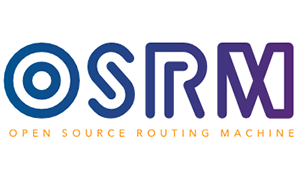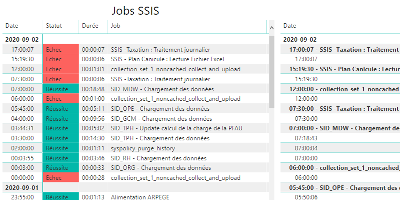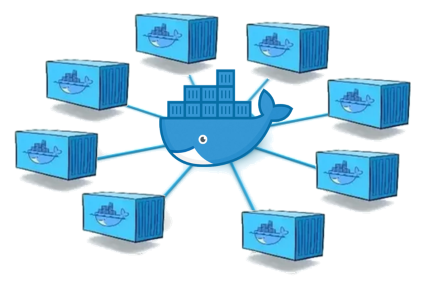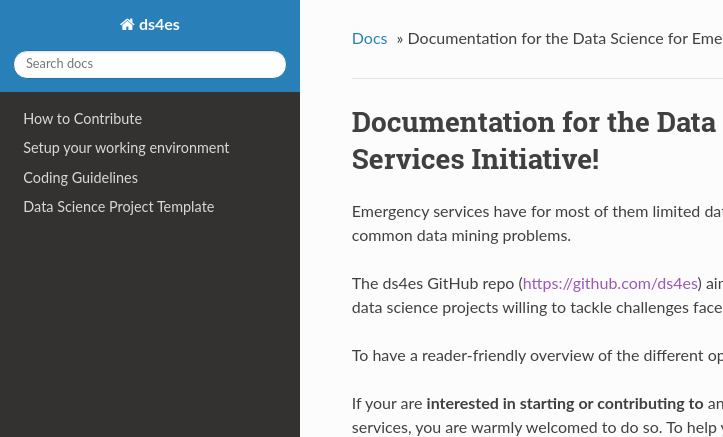Set Up an OSRM Server on Ubuntu 16

The Open Source Routing Machine or OSRM is a C++ implementation of a high-performance routing engine for shortest paths in road networks. Licensed under the permissive 2-clause BSD license, OSRM is a free network service hosting the following services: nearest, route, table, match, trip, tile.
We will see in this post how to deploy your own OSRM service in case you want to use it on your own data or just to not be limited by the number requests with responses like: {'message': 'Too Many Requests'}.
Sources:
- https://www.digitalocean.com/community/tutorials/how-to-set-up-an-osrm-server-on-ubuntu-14-04
- https://github.com/Project-OSRM/osrm-backend/wiki/Running-OSRM
- http://project-osrm.org/docs/v5.5.1/api/
OSRM features
- Nearest service - Snaps a coordinate to the street network and returns the nearest n matches.
- Route service - Finds the fastest route between coordinates in the supplied order.
- Table service - Computes the duration of the fastest route between all pairs of supplied coordinates.
- Match service - Map matching matches/snaps given GPS points to the road network in the most plausible way.
- Trip service - The trip plugin solves the Traveling Salesman Problem using a greedy heuristic (farthest-insertion algorithm). The returned path does not have to be the fastest path, as TSP is NP-hard it is only an approximation.
- Tile service - This service generates Mapbox Vector Tiles that can be viewed with a vector-tile capable slippy-map viewer.
You will need at least 2.5GB of RAM (in my case with 1GB of RAM OSRM build failed).
Upgrade all the packages
sudo apt-get update
sudo apt-get upgrade
Install dependencies
sudo apt-get install build-essential git cmake pkg-config \
libbz2-dev libxml2-dev libzip-dev libboost-all-dev \
lua5.2 liblua5.2-dev libtbb-dev
Create a dedicated directory and move into to keep everything tidy and clean
mkdir osrm
cd osrm
Get OSRM from the official GitHub repo
git clone https://github.com/Project-OSRM/osrm-backend.git
Compile and install OSRM binaries
cd osrm-backend
mkdir -p build
cd build
cmake ..
cmake --build .
sudo cmake --build . --target install
The map pre-processing is quite memory intensive. For this reason, OSRM uses a library called STXXL to map its internal operations on the hard disk. STXXL relies on a configuration file called .stxxl, which lives in the same directory where you are running your software, to determine how much space is dedicated to the STXXL data structures.
Configure STXXL with an .stxxl file in your osrm folder.
cd ~/osrm
vi .stxxl
Write in it
disk=/tmp/stxxl,10G,syscall
Save and close it.
Because the speed profile script might depend on some Lua functions defined in the profiles library, we also create a symbolic link to it in the same directory by running the following two commands.
ln -s osrm-backend/profiles/car.lua profile.lua
ln -s osrm-backend/profiles/lib
Get openstreetmap data
wget https://download.geofabrik.de/europe/france/ile-de-france-latest.osm.bz2
bzip2 -d ile-de-france-latest.osm.bz2
Pre-process the .osm file with the car profile
osrm-extract ile-de-france-latest.osm -p ./osrm-backend/profiles/car.lua
Build the contraction hierarchy
osrm-contract ile-de-france-latest.osrm
To keep the osrm-routed process running after ending ssh session, use tmux
tmux
Start a routing engine HTTP server on port 5000 inside the tmux session
osrm-routed ile-de-france-latest.osrm
Leave/detach the tmux session by typing Ctrl+b and then d
You have now a high performance routing engine up and running and with your server ip address you can test it:
You can check your response with the Google Interactive Polyline Encoder Utility. For that copy the obtained geometry paremeter in the Encoded Polyline field and run Decode polyline. In my case it plot the exact polyline I was looking for:

See also
date_range 02/09/2020

How to monitor SSIS job and package executions.
date_range 15/08/2020

Enable a network connectivity between Docker containers on CentOS 8.
date_range 07/04/2020

Sphinx and GitHub provide an efficient and free way to publish your documentation online. Here we describe how to do so.